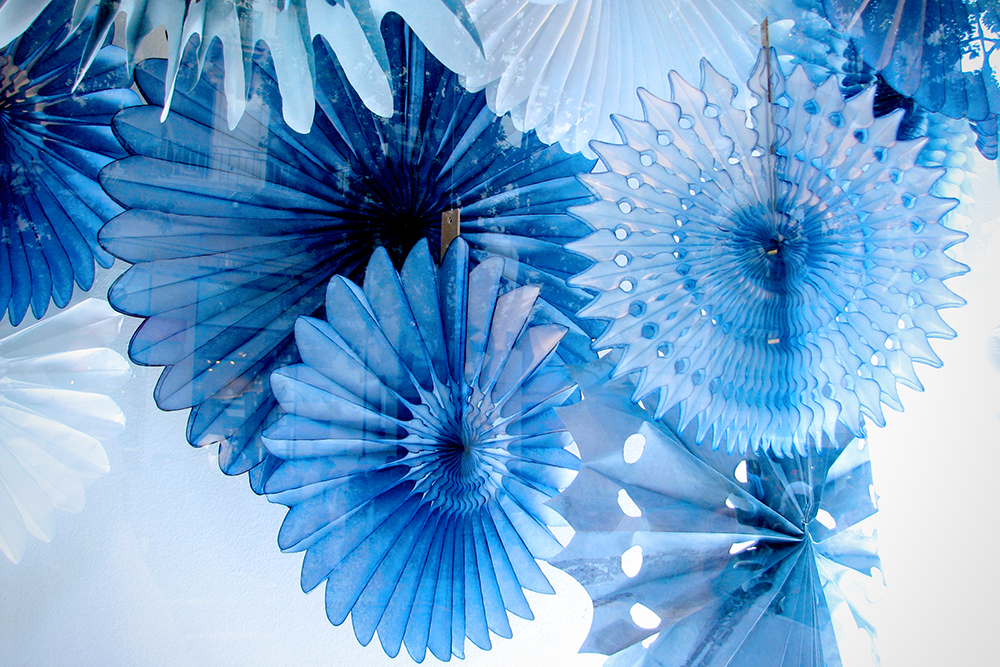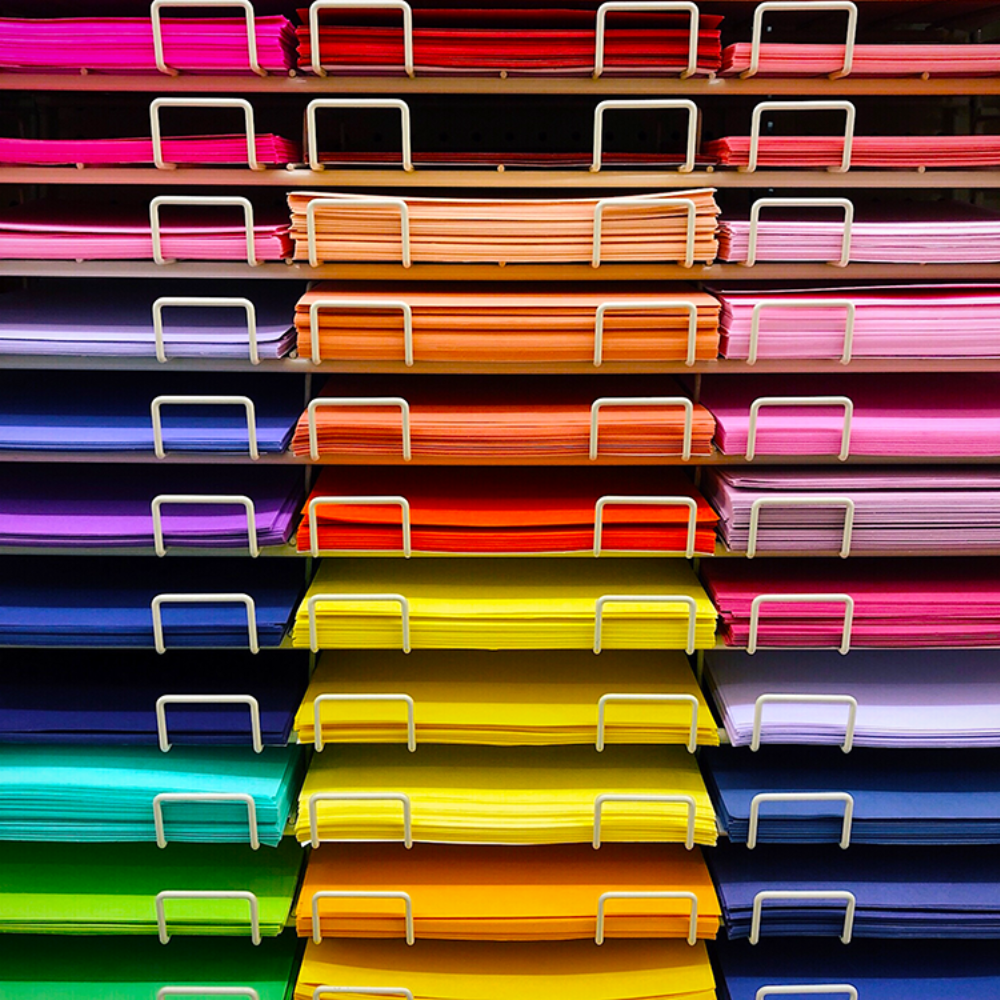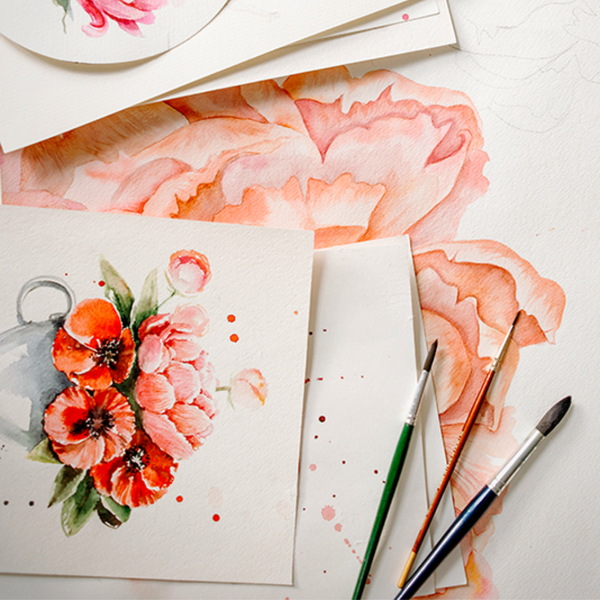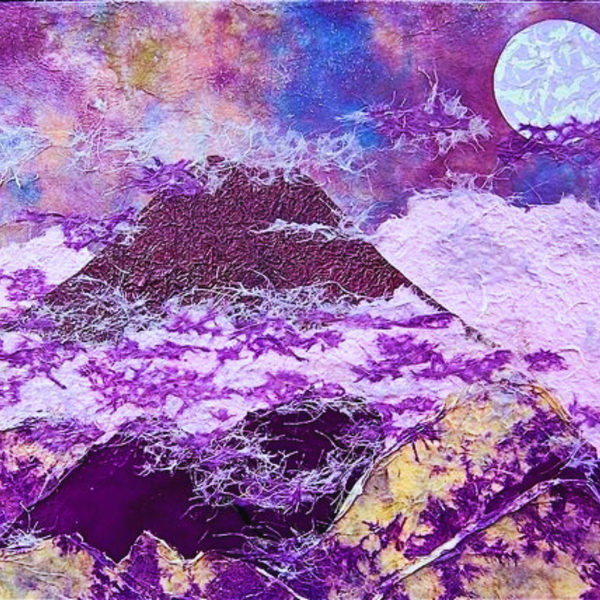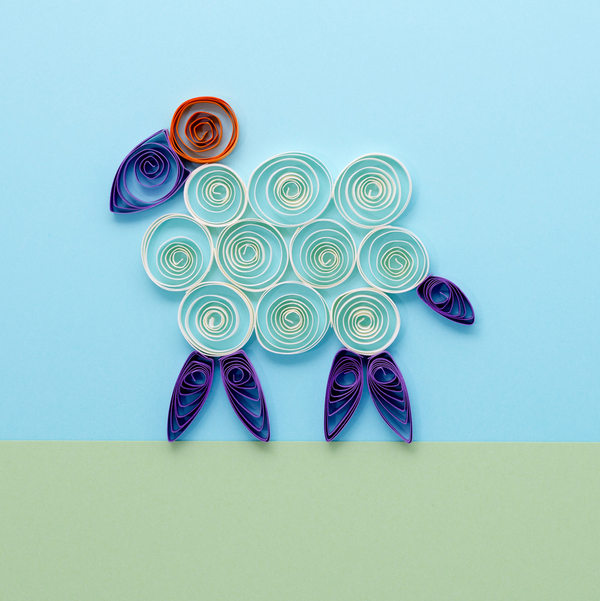Artists are often faced with a plethora of choices when it comes to selecting the right paper for their work.
Every stroke, every hue, every line an artist conjures is a whisper of their soul, and the paper they choose is the sacred vessel that carries their vision to the world.
It's not just a surface; it's the silent collaborator that can make or break a masterpiece.
The type of paper chosen can have a profound impact on the final piece, influencing everything from the texture and absorption of the medium to the longevity of the artwork.
In the quest for artistic perfection, the choice of paper is as critical as the palette of colors.
In this article, we delve into the world of art papers, exploring the various options available and what factors artists consider when making their selection.
This comprehensive guide is your key to unlocking the mysteries of the most coveted art papers.
Join us as we journey through the textured landscapes of creativity, uncovering the paper preferences that have become the silent foundation of the world's most celebrated artworks.
Whether you're a brush-wielding virtuoso or a pencil-pirouetting novice, prepare to elevate your artistry by understanding the canvas choices that resonate with the masters of the craft.
Key Takeaways:
- Understanding the different types of art paper is crucial for artists to select the right surface for their medium and technique.
- The quality of paper, including factors like weight, texture, and composition, can significantly affect the outcome of the artwork.
- Acid-free papers are preferred by many artists for their longevity and ability to preserve the integrity of the artwork over time.


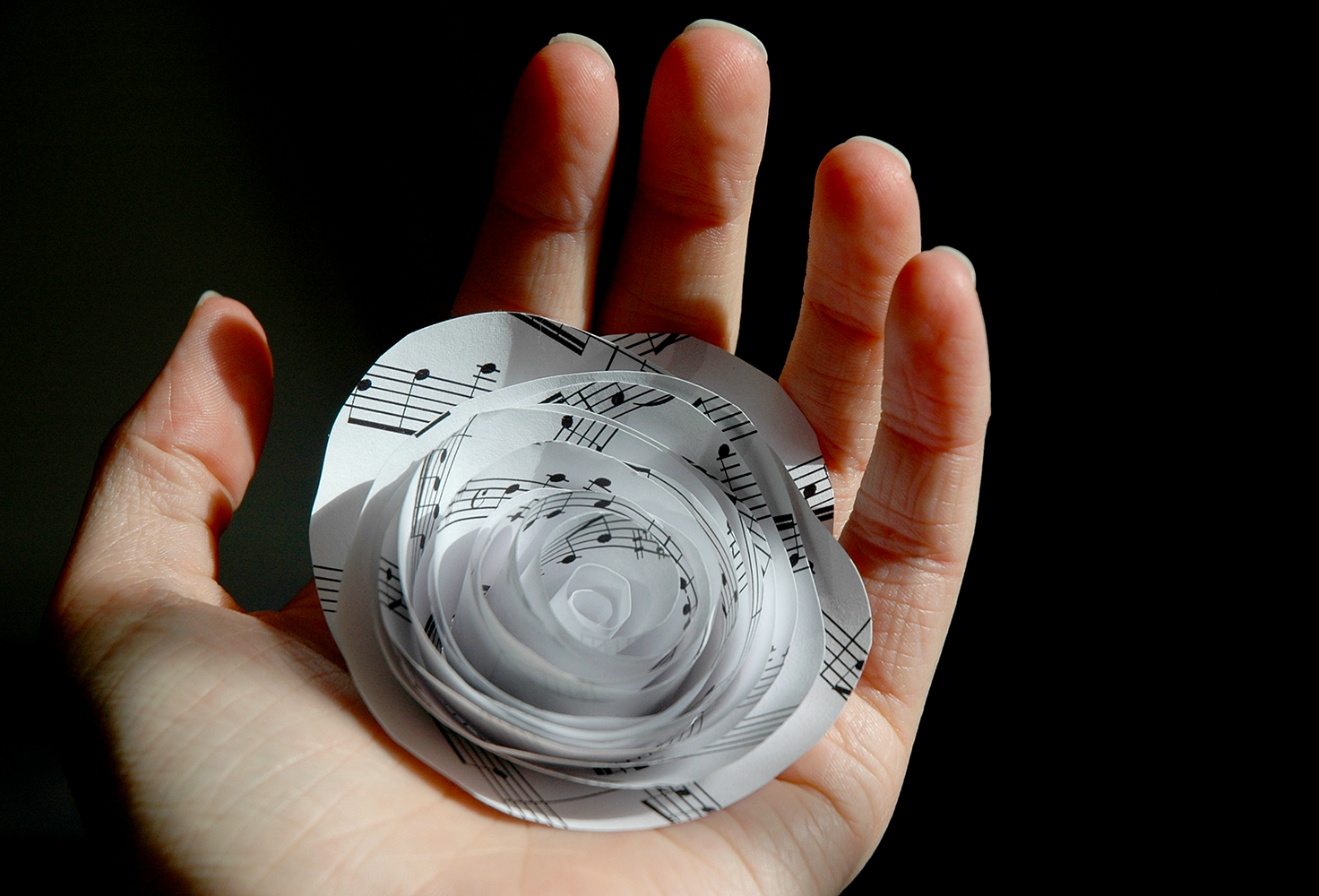
Importance of Paper Types in Art
When it comes to art supplies, paper is not just a backdrop; it's an integral part of the creative process.
The right paper can enhance the medium's properties, whether it's watercolor, acrylic paint, or dry media like charcoal and pastels.
Artists must consider paper types that complement their chosen medium to achieve the desired effect in their artwork.
Role of Weight and Texture
The weight of the paper, measured in grams per square meter (gsm), is an important factor for artists.
Heavier paper, often thicker and more durable, is suitable for mediums that require many layers or heavier applications, such as oil paint or mixed media.
On the other hand, lighter weight papers are better suited for lighter washes and detailed work with mediums like colored pencils or watercolor pencils.
Surface Textures and Their Impact
Surface texture is another critical aspect of choosing the right paper.
Highly textured paper, also known as rough or cold pressed, is ideal for watercolor and other water based media, as it allows for interesting textural effects and light washes.
Smooth paper, or hot press paper, provides a smoother surface that is excellent for detailed work with ink or colored pencils.
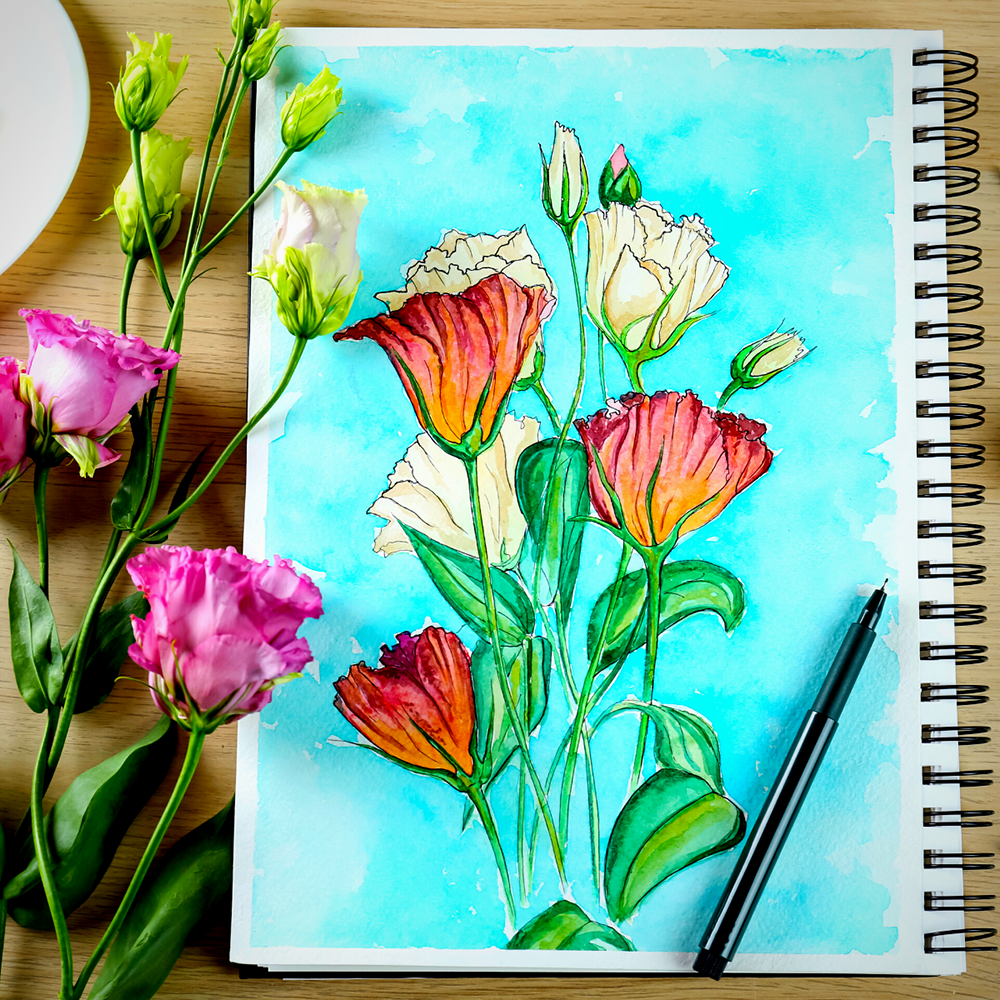
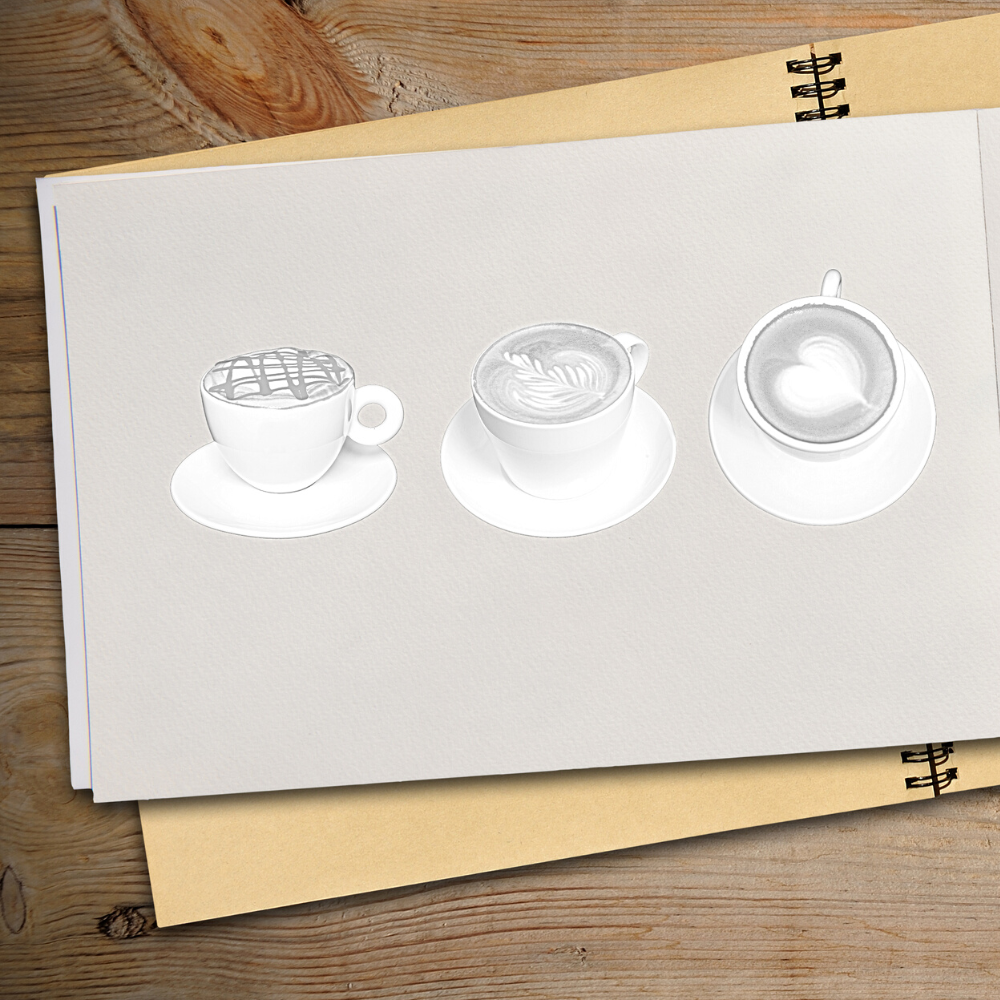

Significance of Paper Composition
The composition of the paper, whether it's made from cotton rag, wood pulp, or a blend of materials, also plays a significant role in an artist's choice.
Fine art papers made from 100% cotton rag are highly prized for their durability and ability to withstand many layers of paint without warping.
Papers made from wood pulp are more affordable but may not stand the test of time as well.
Acid-Free Papers: A Longevity Guarantee
Acid-free paper is a term many artists are familiar with.
This type of paper is specifically designed to resist deterioration and yellowing over time, ensuring that the finished work remains as vibrant as the day it was created.
This is an important factor for artists who sell their work or wish to preserve it for many years.
Versatility of Mixed Media Paper
Mixed media paper is a versatile option that caters to artists who use different mediums in their work.
It is designed to handle both wet and dry media, offering a good surface that can support watercolors, acrylics, and even light applications of oil pastels without buckling or bleeding through.
Pastel Paper: A Specialized Choice
Pastel paper is a type of art paper that is specifically designed for pastel artists.
It has a medium texture that helps to grip the pastel particles, allowing for the buildup of many layers.
Pastel papers come in various colors, providing artists with a choice of background tones that can enhance the overall look of their pastel artwork.


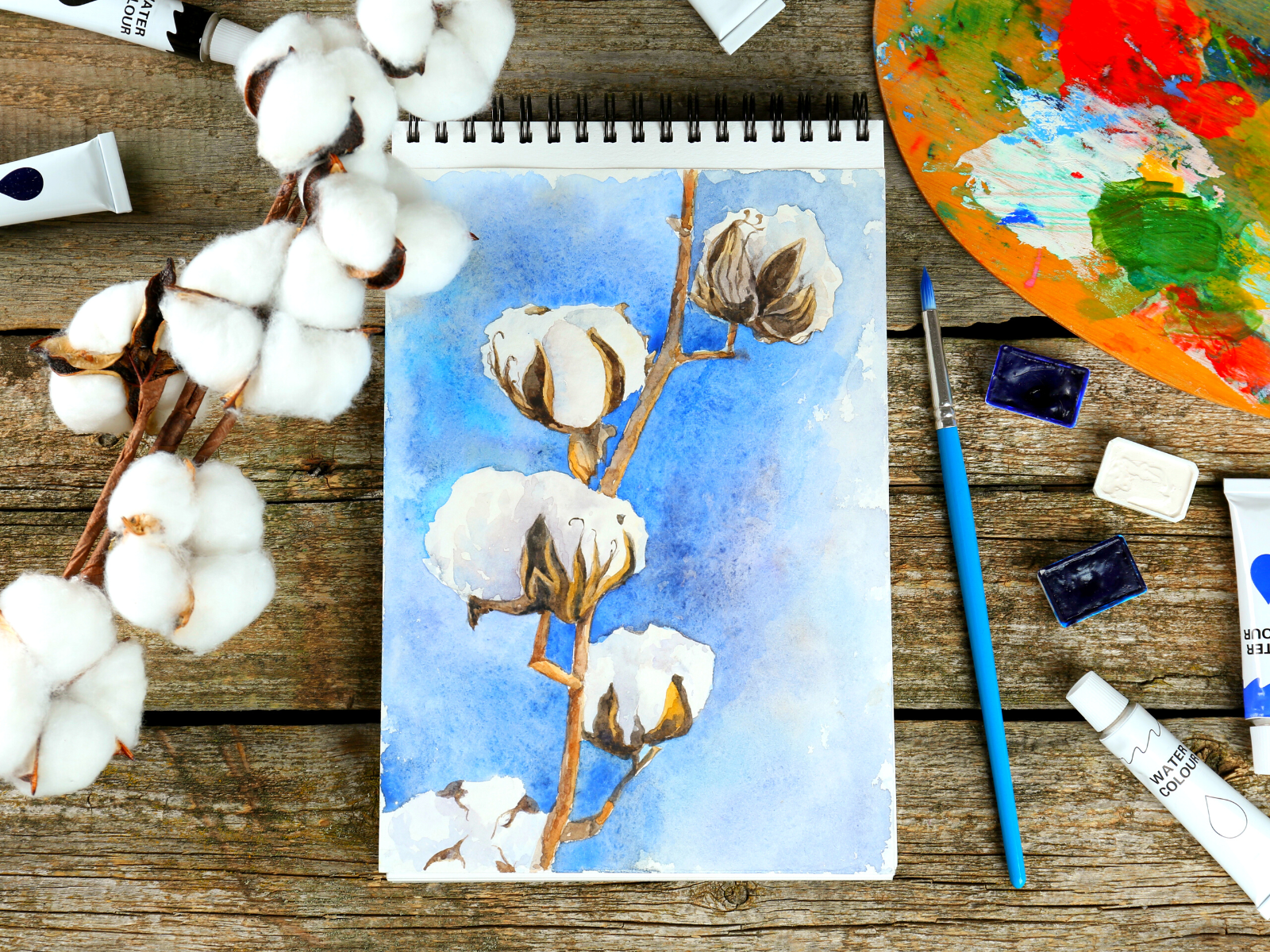
Acid-Free and Alpha Cellulose Papers
When it comes to preserving artwork for posterity, the choice of paper is paramount.
Acid-free paper is a staple for artists who want their work to withstand the test of time without deteriorating or turning yellow.
This type of paper is treated to neutralize acids that can cause the material to break down over the few years following its creation.
As a result, acid-free papers are an investment in the longevity of an artist's work, ensuring that the colors and textures remain as vibrant as the day they were applied.
In addition to being acid-free, papers made from alpha cellulose are gaining popularity among artists for their durability and archival quality.
Unlike papers that contain lignin, a substance that can lead to yellowing, alpha cellulose is a high-grade wood pulp with excellent stability and resistance to aging.
Whether used for painting mediums, colored pencil work, or wet media, papers made from alpha cellulose provide a reliable foundation for artists who are concerned with the archival quality of their pieces.
This focus on longevity is especially important for professionals who sell their work or display it in galleries.
Watercolor Paper: A Crucial Element for Painters
Watercolor paper is a staple in the collection of many artists who work with watercolors.
It comes in different textures, from rough to smooth, and is available in both hot pressed and cold pressed varieties.
The right watercolor paper can absorb the paint appropriately, allowing for a range of techniques from bold washes to fine, delicate lines.
Nuances of Watercolor Paper Selection
Watercolor artists often face the challenge of selecting the right paper to complement their work.
The term "watercolour paper" encompasses a variety of options, each with its unique properties.
Cold pressed watercolor paper, for instance, offers a slightly textured surface that is forgiving to artists who employ wet techniques.
This type of paper is versatile, suitable for both bold washes and finer details.
The texture can add a delightful dimension to the painting, making the choice of watercolour paper a critical decision for the desired outcome.
On the other hand, watercolour paper also comes in hot pressed varieties, which provide a smooth surface ideal for artists who engage in detailed work with colored pencils or ink.
This smoother finish allows for sharper lines and a cleaner look, which is particularly beneficial for illustrative work or projects that require precision.
The weight of the paper is another consideration; thicker paper can handle more water without warping, making it a preferred choice for artists who use heavy washes or multiple layers in their watercolour techniques.
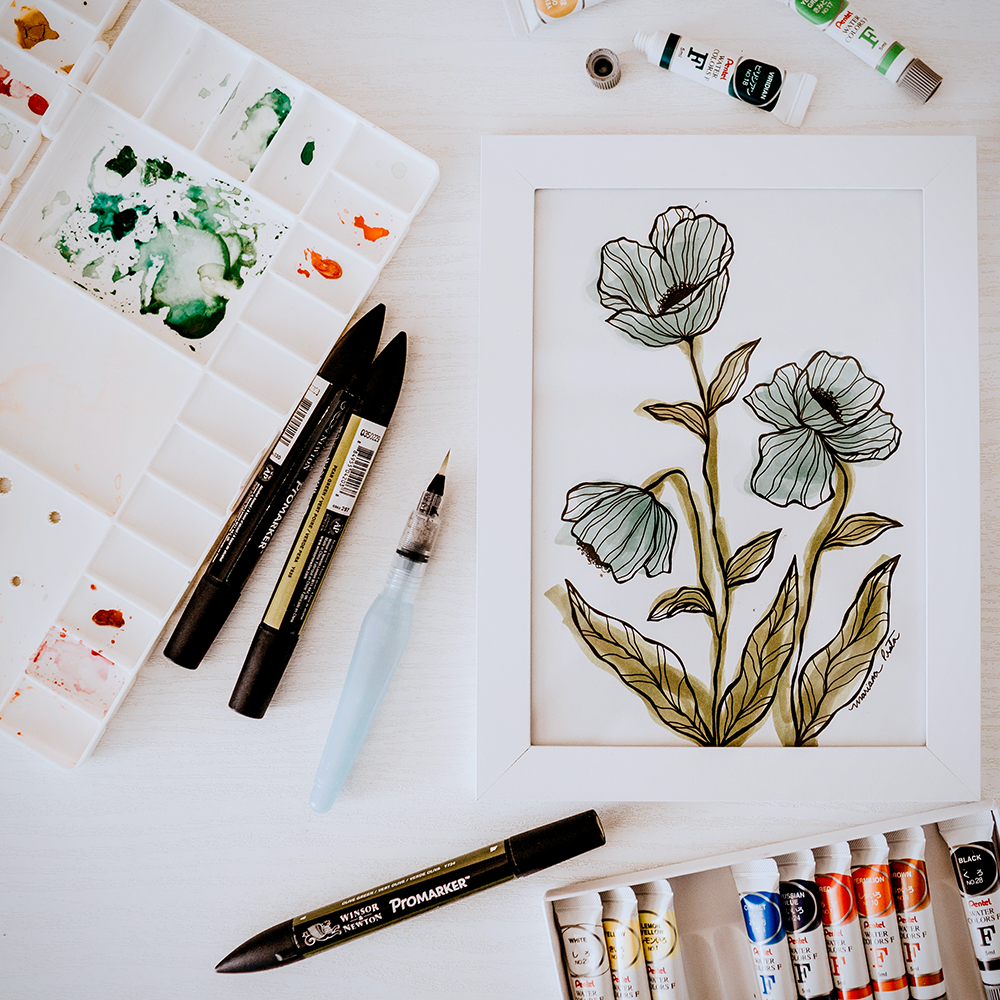


Diversity of Drawing Paper
Drawing paper is a broad category that includes many papers suitable for dry media.
Bristol board, for example, is a smooth, hard surface paper that is excellent for pen and ink or markers.
It comes in a lighter version for pencil and charcoal, and a heavier paper suitable for more demanding techniques.
Canvas Textured Paper for Painters
Canvas textured paper is an excellent alternative for artists who enjoy the feel of painting on canvas but want the convenience of paper.
This type of paper mimics the texture of canvas and is suitable for acrylic paint and oil paint, providing a unique surface that can add an extra dimension to the artwork.
Choosing the Right Paper for Acrylics
Acrylic paint requires a paper that can handle its weight and texture.
Many papers designed for acrylics have a canvas-like texture and are heavier to prevent warping.
These papers allow for the layering of paint and provide a sturdy surface for the artist to work on.
Bright White of High-Quality Papers
Bright white papers are favored by many artists for their ability to make colors pop.
These papers provide a stark contrast that can enhance the vibrancy of the medium used, whether it's watercolors, acrylics, or pastels.
Cost Factor: Balancing Quality and Price
While the quality of art paper is paramount, the cost is also an important consideration for many artists.
Papers that offer a balance between quality and an affordable price are highly sought after, especially by artists who create large volumes of work or are just starting out.
Evolution of Paper for Digital Art
In the digital age, the types of paper used by artists have expanded to include options for digital art forms.
Papers designed for printing digital artwork come in various finishes and weights, allowing artists to choose the right paper that will best showcase their digital creations.
Environmental Aspect of Art Paper
Many artists are also concerned with the environmental impact of their art supplies.
Papers that are sustainably sourced and environmentally friendly are becoming more popular, as artists seek to reduce their ecological footprint while still producing high-quality work.
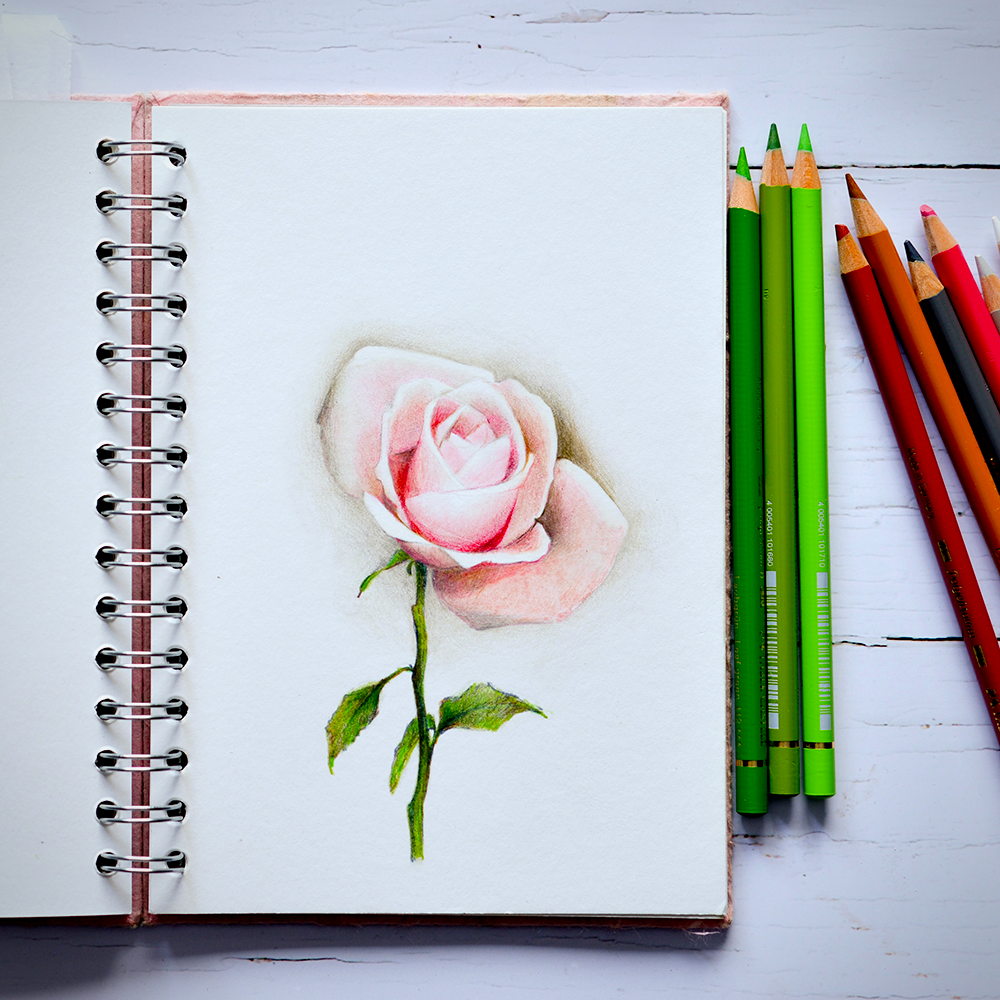


Unlock Your Masterpiece with Paper Selection
Choosing the right paper is a critical decision for artists, as it can greatly influence the outcome of their artwork.
In the symphony of artistic creation, the right paper is the unsung hero that can elevate a simple sketch to a timeless treasure.
It's the silent partner in your creative dance, the one that can either spotlight your brilliance or overshadow your efforts.
From the weight and texture to the composition and acidity, each aspect of the paper contributes to the final piece.
Whether working with watercolors, pastels, acrylics, or digital mediums, consider the specific requirements of their art form and medium when selecting paper.
By understanding the various options and how they interact with different mediums, artists can ensure that their work is not only visually stunning but also stands the test of time.
Embrace the power of informed paper selection, and watch as your artistry unfolds on a foundation worthy of your talent and vision.
Your masterpiece awaits – let the paper you choose be the canvas that turns your artistic whispers into a roar of visual splendor!


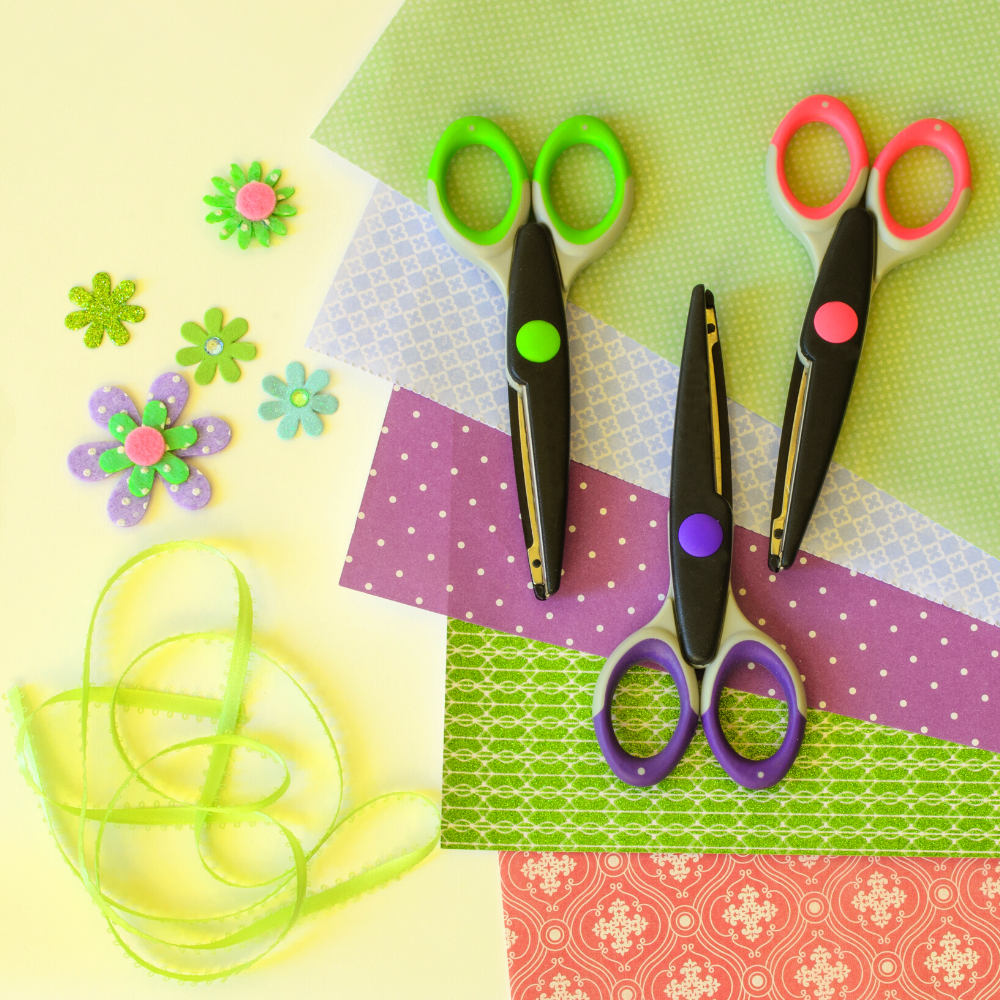
Art Paper FAQs
Navigating the world of art supplies can be as intricate and personal as the art itself.
The canvas is just the beginning, and choosing the right paper is a pivotal decision that can elevate their work from good to masterpiece.
Whether you're a seasoned painter or a sketching novice, understanding the nuances of paper is essential.
That's why we've compiled a list of frequently asked questions to help you make an informed choice.
From the significance of acid-free paper to the impact of paper weight on your artistic endeavors, here's the answers to ensure your next creation is not just a momentary expression, but a lasting impression.
Why is acid-free paper important for artists?
Acid-free paper is important because it resists yellowing and deterioration over time, preserving the integrity and vibrancy of the artwork for many years.
What is the difference between hot press and cold pressed paper?
Hot press paper has a smoother surface and is ideal for detailed work, while cold pressed paper, also called rough or textured paper, is better for watercolor techniques and achieving more texture in the artwork.
How does the weight of the paper affect an artist's choice?
The weight of the paper, measured in grams per square meter, affects the paper's ability to handle different mediums and techniques. Heavier paper can support more layers and heavier applications of paint, while lighter paper is better for detailed work and lighter washes.



Eager to learn more about the different types of paper? Check out Proko's video!
Want even more content about creativity and art?
Be sure to check out all of our creative chronicles!
Ready to get creative with paper?
Check out our other art paper articles:
-What is thin craft paper called?
